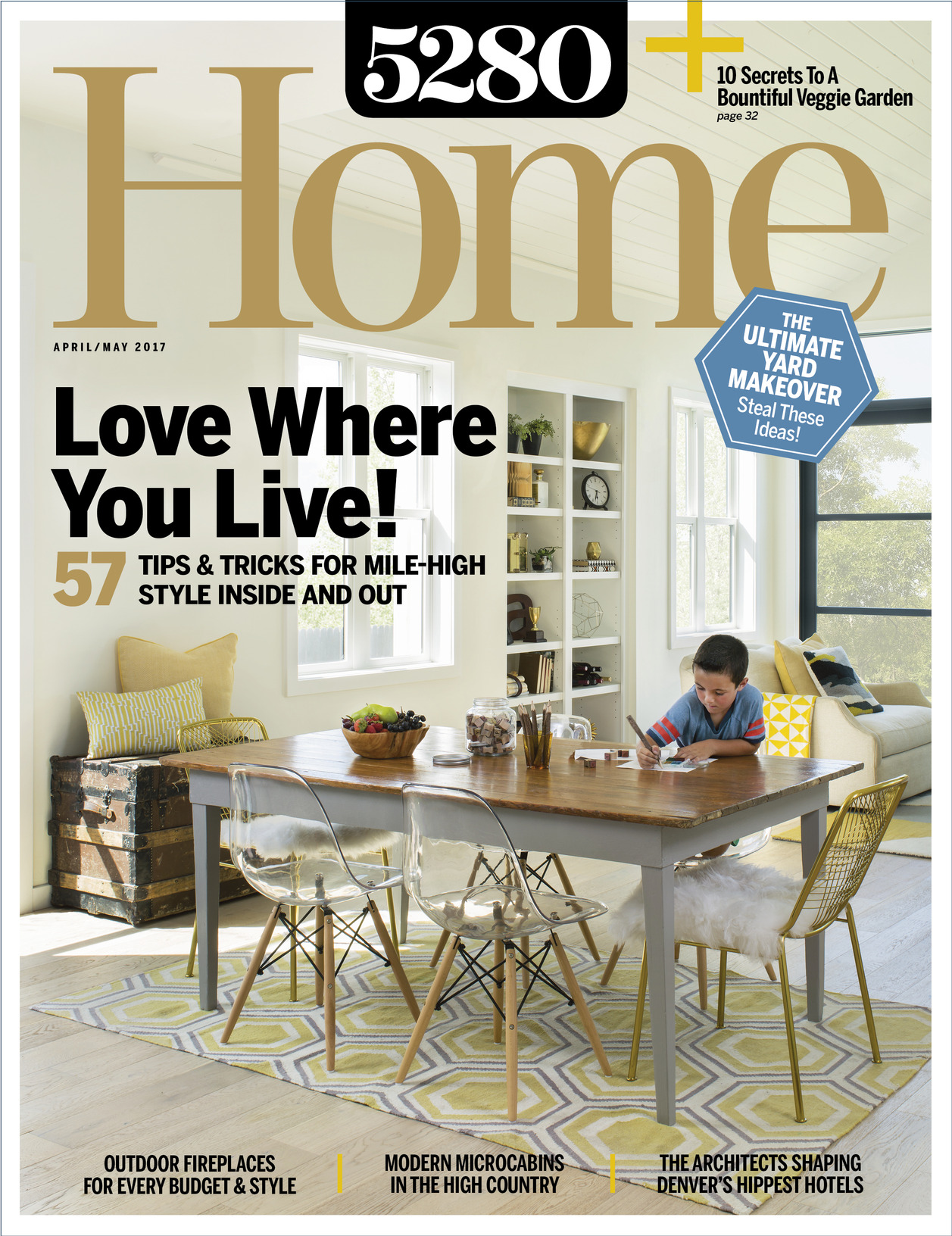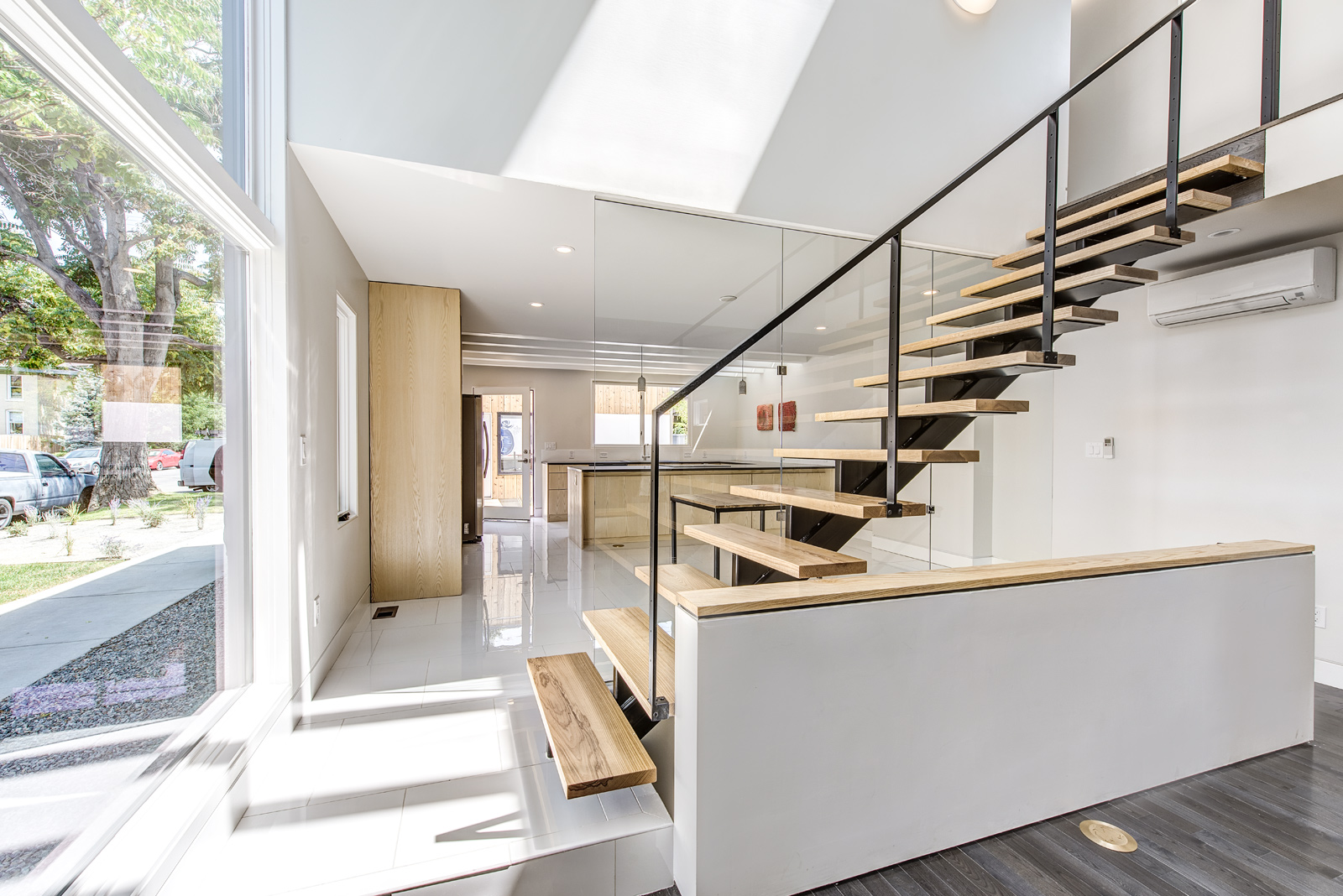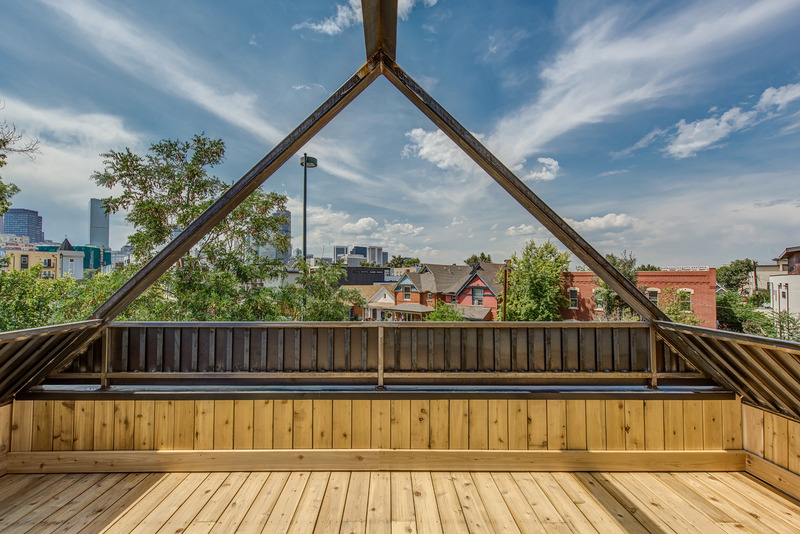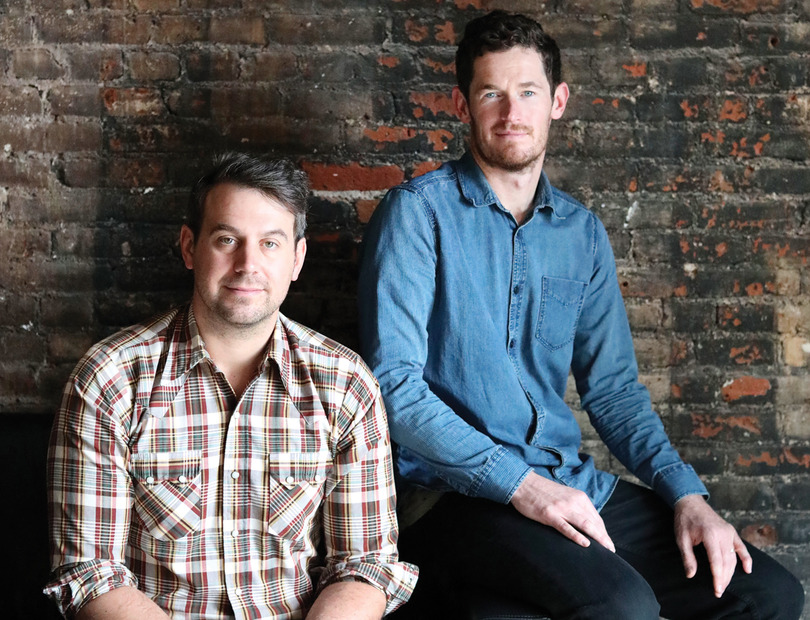The Local newsletter is your free, daily guide to life in Colorado. For locals, by locals.
Even diehard Instagrammers admit it: Sometimes the best design is in what you don’t see. Such is the case with passive solar design, an approach to building that—in a nutshell—uses a house’s site, climate, and materials to absorb the sun’s energy on winter days to warm rooms and to shed the heat on summer days to cool buildings. Though architects have been making use of passive solar design since the 1970s, Colorado is just now starting to jump on the bandwagon, says local architect Morgan Law, co-founder of the sustainability-minded design/build firm Paper Airplane.
“Passive houses are perfect for Colorado, and we only have a small handful that have been certified,” Law says. “I’d say we are at least five to 10 years behind Oregon, California, New England, and New York when it comes to green building.” But with a healthy economy boosting bank accounts and with climate change at the forefront of our minds, 2017 could be the year for Denver’s passive revolution. And it’s about time to make use of our ideal climate: Sunny days yield significant solar energy to warm homes in winter, and our cool night air helps keep in-home temps low in summer.
Paper Airplane’s urban farmhouse project in Five Points may be just the catalyst Denver needs. Despite an unfavorable site—another house sits due south, blocking some of the sun—the design team was able to capture a good deal of solar heating via clerestory, or above-eye-level, windows and skylights. Meanwhile, a heat-recovery ventilator brings in fresh air, warmed by the air already in the home, and the continuous insulation and air barrier keep energy in, meaning the house retains its warmth in winter and coolness in summer. “We felt it was a good opportunity to put out a different type of modern product,” Paper Airplane co-founder Noah Manos says of the Five Points house, which was built on spec but sold quickly after completion in fall 2016. “It allowed us the opportunity to take a speculative risk to build a house that incorporated many of the sustainability elements we wanted.”
And it’s not just newly built homes that benefit: Existing structures can be retrofitted with passive design elements, too. For a quick energy-payback project, Law recommends homeowners beef up exterior insulation to reduce energy loss. And for owners with a bigger budget, installing high-performance windows such as European-style, triple-glazed tilt-and-turn options (“the Cadillacs for longevity, thermal comfort, and energy reduction,” Law says) on a south-facing wall will reap huge energy savings.
Still not convinced? Law says that while passive houses typically cost about five to 10 percent more to build than conventional homes, they reduce heating costs by 80 to 90 percent. We call that, ahem, aggressive savings.
KNOW THE PROS
Paper Airplane was founded in fall 2014 by college friends Morgan Law, an architect, and Noah Manos, a visual artist. Law came to Colorado by way of the East Coast, where he worked at an architecture firm dedicated to passive house design. Manos previously owned a boutique development business rehabbing historic properties around downtown Denver. Paper Airplane gets major green points for blending artistic flair and eco-savvy architecture to put out such diverse projects as site-specific art installations and buildings with low environmental (and high style) impact.

PASSIVE SOLAR DESIGN STRATEGIES
1. Super-insulated angled metal roof can support photovoltaic panels, which convert sunlight into electricity.
2. South-facing skylights allow wintertime sunlight (and warmth) into the home.
3. Ultra-efficient, mini-split electrical heat pumps heat and cool the home.
4. A continuous air barrier prevents the home from leaking cool air in summer and warm air in winter. 5. Reclaimed rigid insulation from a big-box store prevents costly energy leaks.
6. South-facing clerestory windows provide privacy from neighbors while capturing light and warmth from the sun.
7. Low-E, double-glazed windows are reliable insulators that reduce heat loss in winter and keep rooms cooler in summer.
8. An energy-recovery ventilator (ERV) provides pre-conditioned, filtered air.












